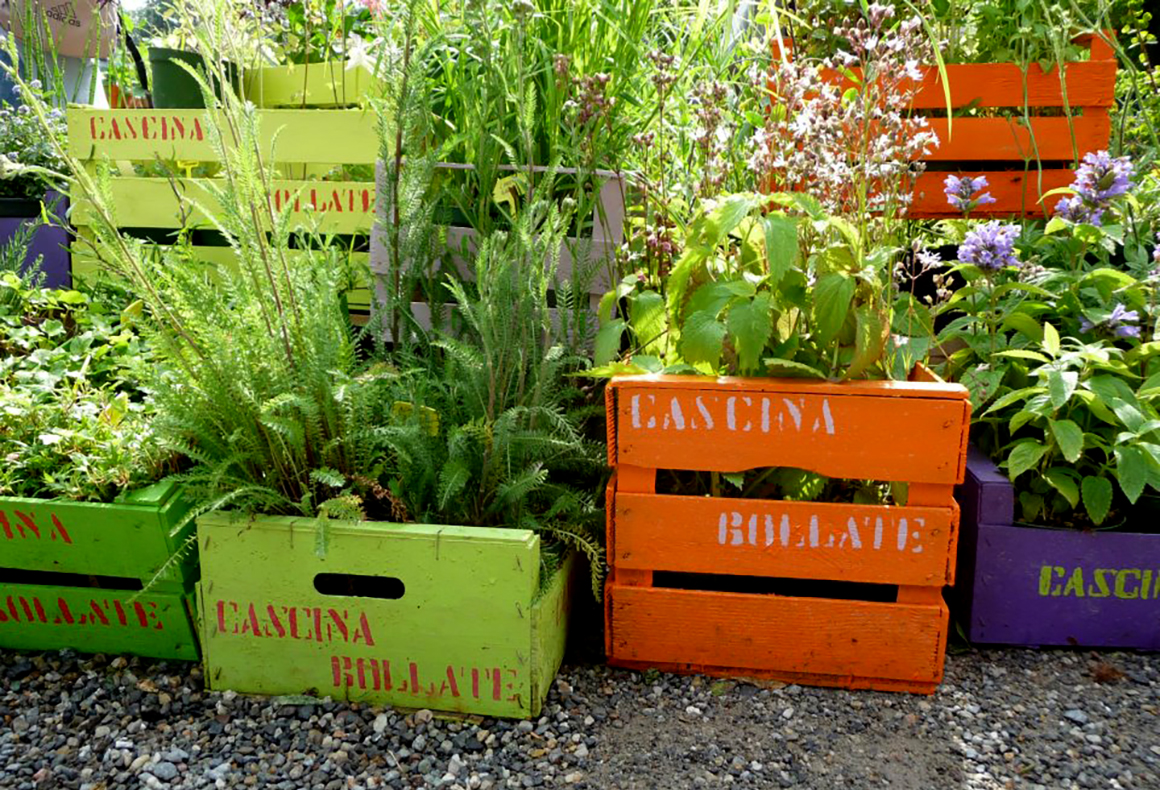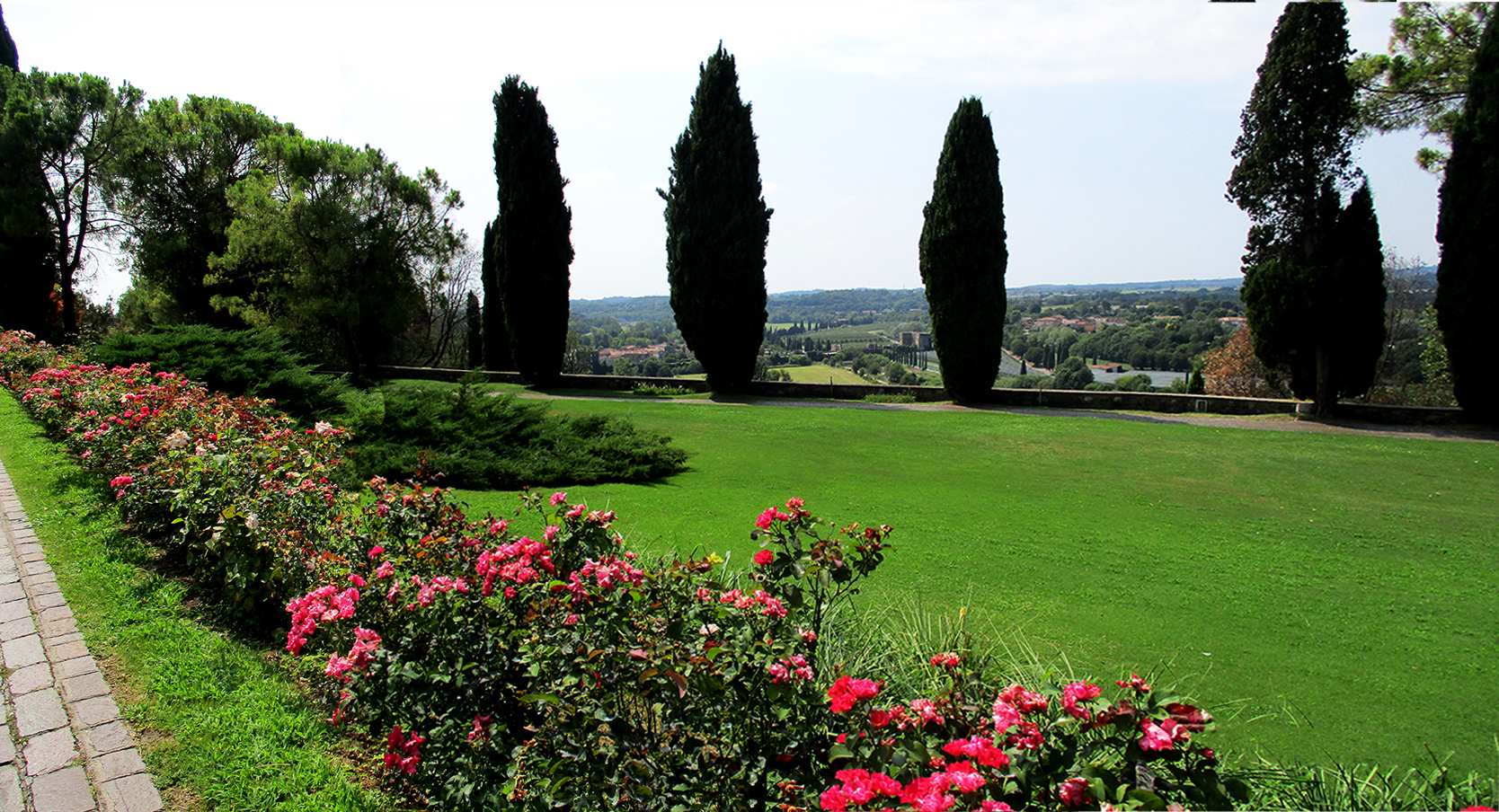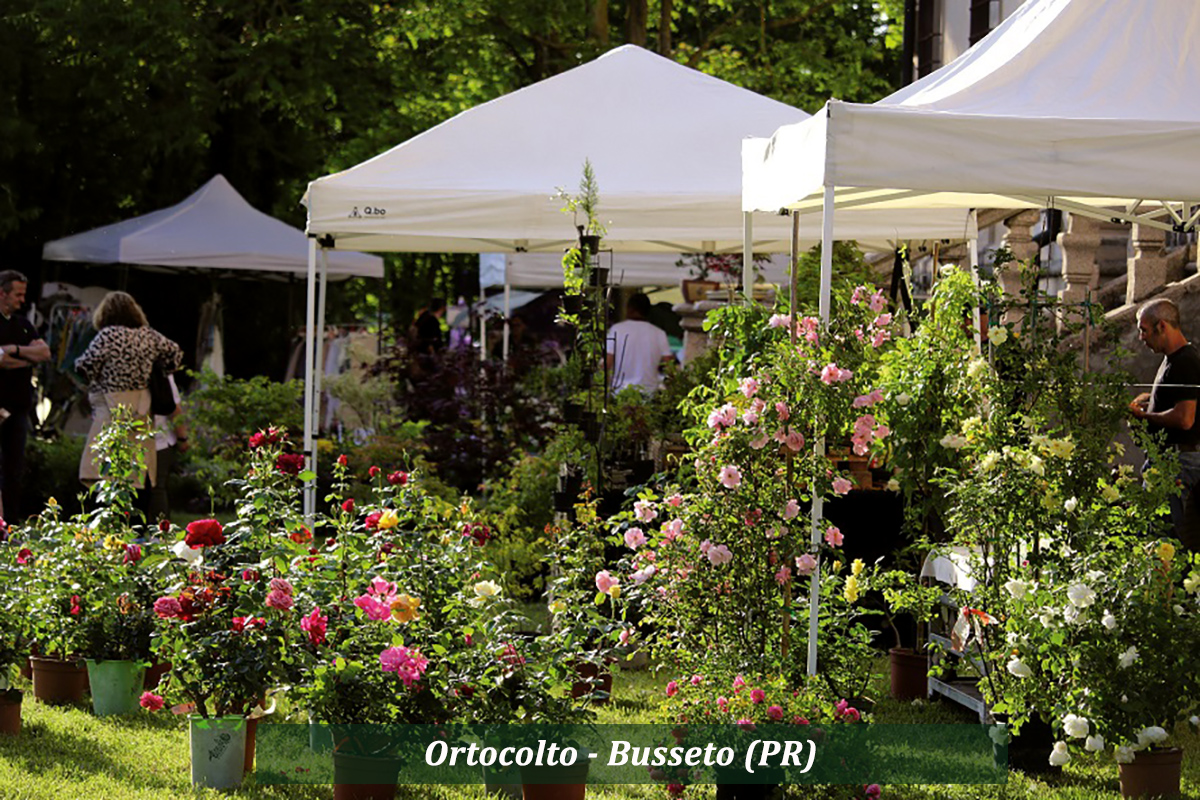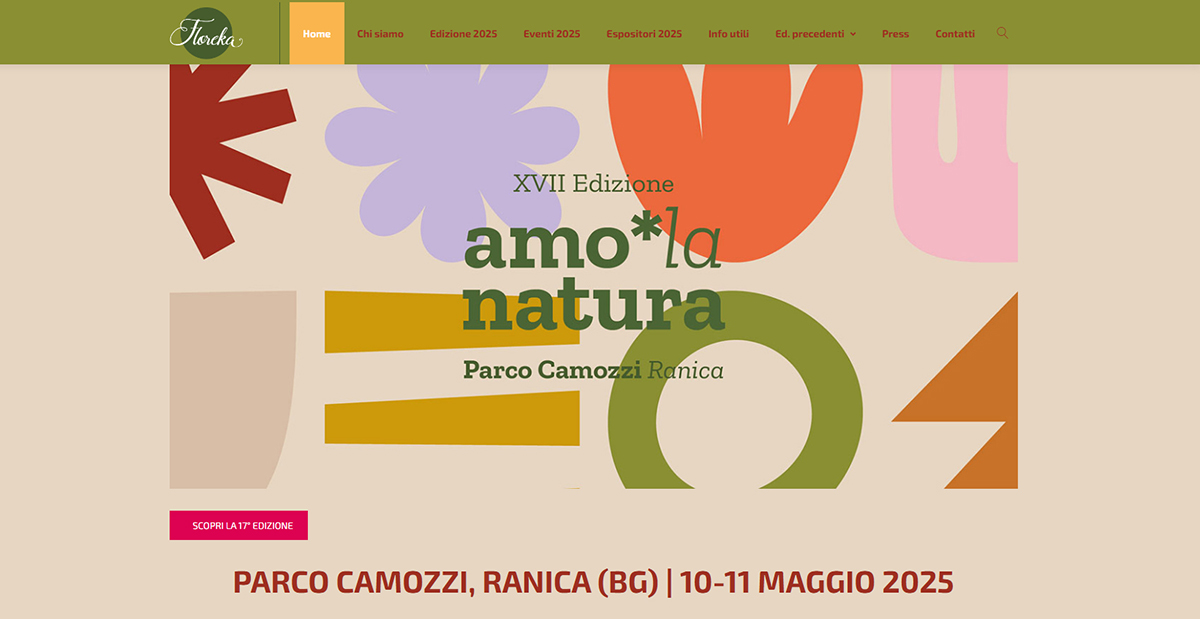Pyracantha coccinea, known as Firethorn or Firethorn, is an evergreen shrub of the Rosaceae family, native to Eurasia and widespread on the Mediterranean coasts. It reaches a height and width of about 3 meters, with slightly drooping stems. The leaves are small, oval, shiny and leathery, dark green in color. It blooms from May to June with small white star-shaped flowers, gathered in corymbs. The fruits, present from June to September, are small spherical apples of 5-8 mm, glabrous and edible, coral red, orange or yellow in color depending on the variety. The plant is thorny, with long 5 cm thorns, and is ideal for defensive hedges. It tolerates pollution, saltiness and periods of drought, adapting to various types of soil, preferably sandy and well-drained. It prefers full sun exposure for optimal flowering and fruiting. It is subject to diseases such as woolly aphids, fire blight and fungal diseases; pruning in late winter is recommended to maintain the shape and health of the plant.
IDENTIFICATION
Scientific name:
Pyracantha coccinea
Italian common name:
Piracanta, Agazzino
Family:
Rosaceae
Origin:
Eurasia
Environment:
Mediterranean coasts
Evergreen or deciduous:
Evergreen
Toxicity:
the fruits are not toxic but the seeds are to humans.
PLANT RECOGNITION
Height:
3 m.
Width (extension):
3 m.
Habit:
shrubby with slightly drooping stems.
Leaf:
small, dark green, oval, shiny and leathery.
Flower:
small star-shaped, white in colour, gathered in corymbs
Flowering:
from May to June
Fruit:
The fruit is a small spherical apple of 5-8 mm, glabrous, edible, crowned at the apex by the remains of the calyx, coral red, orange or yellow depending on the variety, from June to September.
Birds love these berries, while to the human palate they are bitter.
Stem:
thin and erect dark brown
Property:
shrubby with slightly drooping stems.
Perfume:
yes intense
NEEDS
Maintenance:
low
Light Exposure:
full sun If it is placed in partial shade it lives well but produces fewer flowers and therefore fewer berries.
Soil type:
preferably sandy, therefore well drained. If planted in too fertile soil it could be more susceptible to diseases.
Soil acidity:
neutral or alkaline
Italian climatic area:
all of Italy except Alto Adige and Sicily.
Need for water:
rainwater is enough.
Propagation:
for semi-hardwood cuttings. By seed only if you have the right seeds because most of the plants purchased are sterile.
Diseases:
Woolly aphids (Eriosoma lanigerum)
between April and October; the leaf miner is a moth whose caterpillars feed on leaves;
fire blight (Erwinia amylovora)
which lives on the bark and enters through wounds or broken branches. There is no cure other than trying to eliminate the dead parts by burning them;
fungal disease of flowers, leaves and fruits (Venturia inaequalis f. sp. Pyracanthae)
fungus for which a fungicide is used but the ventilation of the plant should also be improved.
Pruning:
Pyracantha coccinea grows quickly and is one of those plants that flowers on the previous year’s branches (see the article “Pruning ornamental plants: Plants“). In summary, it should be pruned at the end of flowering if it weren’t for the beautiful colored berries that remain throughout the winter. We therefore recommend pruning it before the vegetative restart at the end of the frosts (late February, early March) leaving part of the old branch.
PARTICULARITY
The name of the plant derives from Pyros which in Greek means fire and acantha che means thorn. coccinea from coccinus which means scarlet.
The plant is thorny because it has long 5 cm thick and sharp thorns which makes it an excellent defensive hedge plant.
Annotations:
it also tolerates pollution and saltiness and rather prolonged periods of drought.
Due to the very dense and intricate arrangement of the branches in Puracantha coccinea and the small leaves collected in groups, this plant lends itself very well to topiary art (see the article “Topiary art“), i.e. pruning into geometric shapes or anthropomorphic.
In the kitchen:
no use
The mondo del giardino advice
It is said all over the web that the shape of this plant is disordered. The reality is that Pyracantha adapts to all positions in which it is placed and if disturbed it grows where it can, but if placed in a place where it is no longer touched it will grow with a wonderful rounded and slightly drooping shape that will make you fall in love with its branches overflowing with colorful berries!
Now on horseback! Work awaits us! Our new wonderful outdoor space is about to be born!
GOOD WORK and…if you have any questions, write to info@mondodelgiardino.com
Image sources: thanks to Pixabay and many thanks in order of appearance to Gosia K., Nicky, Etienne GONTIER, Marc Benedetti.




















